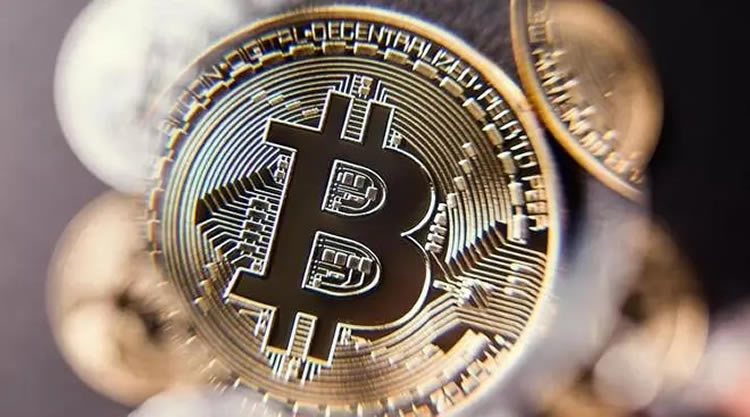What is the difference between flash exchange and spot trading? Which one is more cost-effective?
- WBOYWBOYWBOYWBOYWBOYWBOYWBOYWBOYWBOYWBOYWBOYWBOYWBforward
- 2024-03-07 09:30:171635browse
Flash swap and spot buying and selling are two different methods of cryptocurrency trading. Flash swap is an instant trading method based on smart contracts that allows users to trade without holding actual cryptocurrency. Spot buying and selling is a traditional method of cryptocurrency trading that involves buying or selling actual cryptocurrencies on the market. Although both can be said to be instant transactions, there are some differences. So what is the difference between flash exchange and spot trading? To put it simply, flash swap emphasizes immediacy and transaction flexibility, and is usually used in decentralized financial scenarios. Spot buying and selling users need to directly hold and transfer actual digital assets. The editor below will tell you in detail.

What is the difference between flash exchange and spot trading?
There are obvious differences between flash exchange and spot trading in terms of transaction process, asset ownership, transaction speed, lending and liquidity provision. These differences will be discussed in detail below.
1. Transaction process
Flash exchange is an instant transaction method based on smart contracts, which provides users with a convenient trading and lending experience. Users can perform one-time lending and trading operations through flash exchange, and can participate in transactions without holding actual assets. This mechanism provides users with more flexible transaction options and completes the repayment of loans in the same transaction. The characteristics of flash swap are fast, safe and low-cost transaction methods, allowing participants to manage assets more efficiently and obtain a better trading experience. Through the technical support of smart contracts, flash swaps provide users with more financial possibilities while reducing the complexity of transactions. Spot trading is a traditional digital asset trading method that involves buying in the market. Or sell actual digital assets. Users submit orders through the trading platform, are matched with other traders, and transfer digital assets to the corresponding wallet after the transaction is completed. This trading method directly involves the buying and selling of actual digital assets and usually has high liquidity and real-time nature. In spot trading, traders can quickly buy and sell digital assets based on market prices, profit from them, or invest. This trading method is commonly seen in the cryptocurrency market and the foreign exchange market, providing traders with flexible trading opportunities and diverse investment options.
2. Asset ownership
Transactions in flash swaps are atomic, and users do not actually own digital assets when making transactions. The ownership of the asset only exists at the moment the transaction is completed, and will be restored to the original state immediately afterwards, ensuring that the ownership of the asset in the intermediate state will not change.
In spot trading, users need to own the actual digital assets after completing the transaction. Once a user purchases assets, these assets will be transferred to the user's wallet; upon selling, the user's digital assets will be moved out of their wallet.
3. Transaction speed
Since flash exchange is conducted directly using smart contracts on the blockchain, the entire transaction process is almost instantaneous. This immediacy makes flash swaps suitable for situations that require quick execution.
Traditional spot trading involves multiple steps, including order submission, matching, settlement, etc., so the entire process may take a certain amount of time, especially when liquidity on the trading platform is low.
4. Lending and liquidity provision
The flash exchange mechanism allows users to borrow and lend while trading, providing higher liquidity to the market. This is achieved through a combination of smart contracts and lending protocols.
In spot trading, users usually need to hold sufficient digital assets in advance, and the role providing liquidity is usually other traders in the market.
Which one is more cost-effective, flash exchange or spot trading?
Roughly speaking, spot trading is more cost-effective, but the degree of cost-effectiveness of flash exchange and spot trading also depends on specific trading needs, market conditions and personal risk preferences.
Flash swaps may involve fees for smart contract execution, but they are usually relatively low. However, it is important to consider that the fee structure for flash swaps may vary across different platforms and protocols. Spot trading may involve fees from the trading platform and possible price differences.
Flash swap is suitable for scenarios that require instant execution and liquidity provision, such as lending and trading on decentralized finance (DeFi) platforms. Spot buying and selling is suitable for general digital asset transactions, especially for long-term holdings or large transactions.
The above is the detailed content of What is the difference between flash exchange and spot trading? Which one is more cost-effective?. For more information, please follow other related articles on the PHP Chinese website!
Related articles
See more- What are the four core technologies of blockchain
- Musk: Committed to realizing 'real money' operations on the X platform and has no plans to launch his own cryptocurrency
- FTX expects to fully compensate cryptocurrency customers! Abandoning the restart of the exchange, FTT plummeted 25%
- Top 10 virtual currency trading platforms Top 10 virtual currency trading platforms
- Bull market is coming in 2024, these 3 cryptocurrencies may have 100x potential in the bull market

